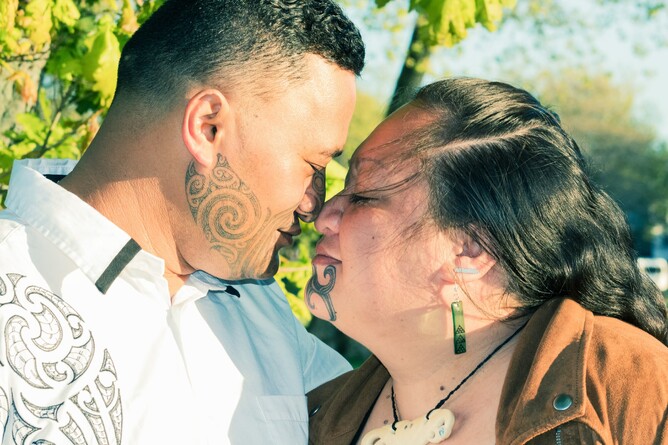Effective communication in clinical settings is essential for delivering compassionate, patient-centred care. By incorporating Māori values such as Manaakitanga (hospitality and care), Kotahitanga (unity), Participation, and Partnership into clinical interactions, both clinicians and patients can foster stronger relationships, enhance understanding, and improve healthcare outcomes. Here’s how these principles can elevate communication in clinic environments.
Manaakitanga: Creating a Welcoming and Supportive Environment
Manaakitanga represents the spirit of kindness, empathy, and respect in every interaction, ensuring that patients feel valued, understood, and cared for. When clinicians approach each interaction with Manaakitanga, they create a safe and supportive space where patients are more comfortable sharing their concerns and needs. Simple gestures—such as making eye contact, addressing patients by their preferred names, and taking time to listen attentively—can help alleviate anxiety and build trust.
From a clinician’s perspective, Manaakitanga means treating each patient with genuine compassion and respect, acknowledging their individuality, and approaching each visit as an opportunity to learn more about the patient’s unique experience and health needs. For patients, Manaakitanga encourages them to communicate openly, assured that their concerns will be met with care and understanding. This mutual respect enhances the therapeutic relationship and sets the foundation for effective communication and positive health outcomes.
Kotahitanga: Working Together Towards Common Goals
Kotahitanga—or unity—is about fostering collaboration between clinicians, patients, and their whānau (family) to achieve shared healthcare goals. Healthcare decisions are most effective when they’re made collectively, incorporating the knowledge and perspectives of both the clinician and the patient. In practice, this means clinicians actively involve patients in discussions, seeking to understand their health goals, cultural beliefs, and values, and integrating these into care plans.
By adopting Kotahitanga, clinicians empower patients to become active participants in their own health journey, ensuring that treatment plans are tailored to each patient’s unique context. Patients, in turn, are encouraged to voice their preferences and concerns, fostering a collaborative atmosphere where everyone works together towards the same goal—improving health outcomes. This sense of unity strengthens the therapeutic relationship and allows for a more holistic and patient-centered approach to care.
Participation: Engaging Patients Actively in Their Care
Participation encourages patients to take an active role in their healthcare, promoting a sense of agency and empowerment. Clinicians can facilitate participation by educating patients about their conditions, treatments, and the steps they can take to maintain or improve their health. Providing accessible information, using clear and non-technical language, and checking for understanding are essential components of effective communication that foster patient engagement.
For patients, participation means actively engaging in their health journey, asking questions, and seeking clarification as needed. By participating in their care, patients are more likely to adhere to treatment plans, feel satisfied with their healthcare experience, and make informed decisions. This shared involvement supports a deeper understanding of health goals, empowering patients to be proactive about their well-being.
Partnership: Building Trust and Long-Term Relationships
Partnership is about establishing a trusting, collaborative relationship where clinicians and patients work side by side. This principle requires clinicians to view patients as equal partners in care, respecting their autonomy, preferences, and insights. Effective partnership means involving patients’ whānau in the care process when appropriate, acknowledging that family members often play a crucial role in health decision-making and support.
When partnership is prioritized, patients feel valued and respected, which fosters open communication and strengthens the therapeutic relationship. Through partnership, clinicians and patients develop long-term, trusting relationships that promote continuity of care, allowing clinicians to understand patients more deeply over time and deliver personalized care.
Conclusion:
By embedding Manaakitanga, Kotahitanga, Participation, and Partnership into clinic communications, clinicians and patients can create a more respectful, inclusive, and effective healthcare experience. These values promote a healthcare environment where patients feel supported, respected, and empowered, enabling clinicians to provide high-quality, culturally responsive care.
